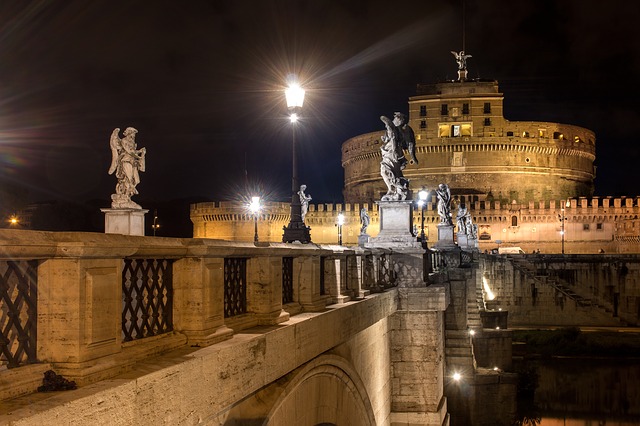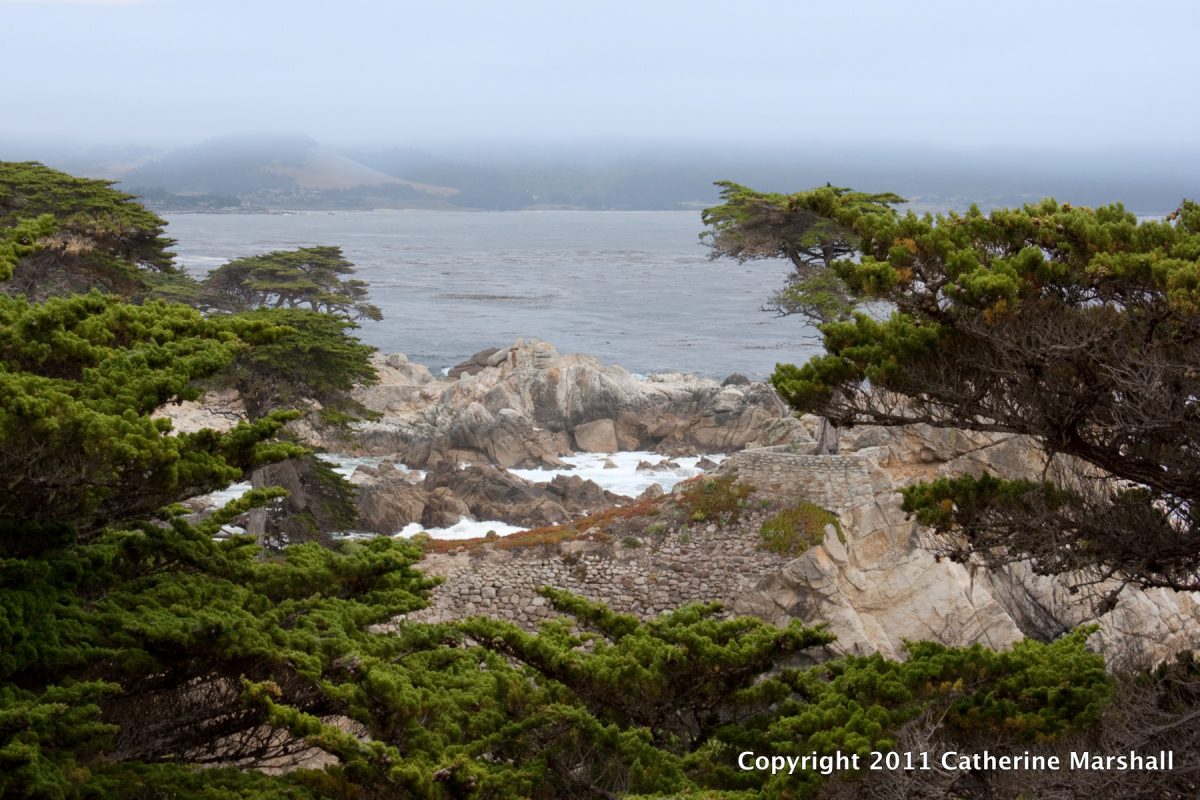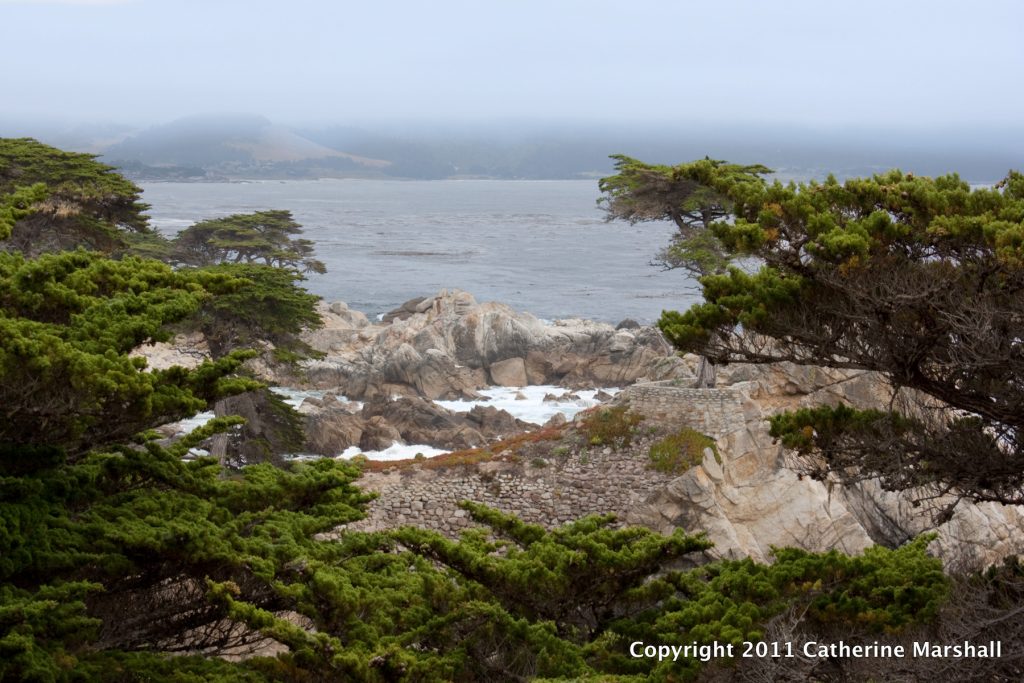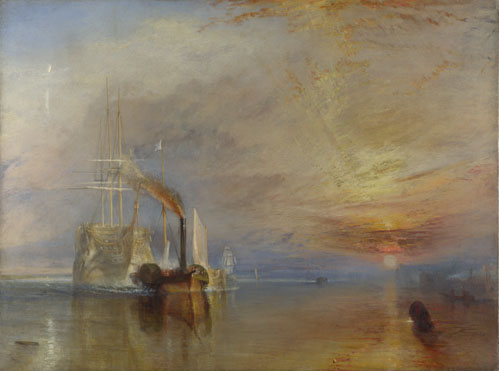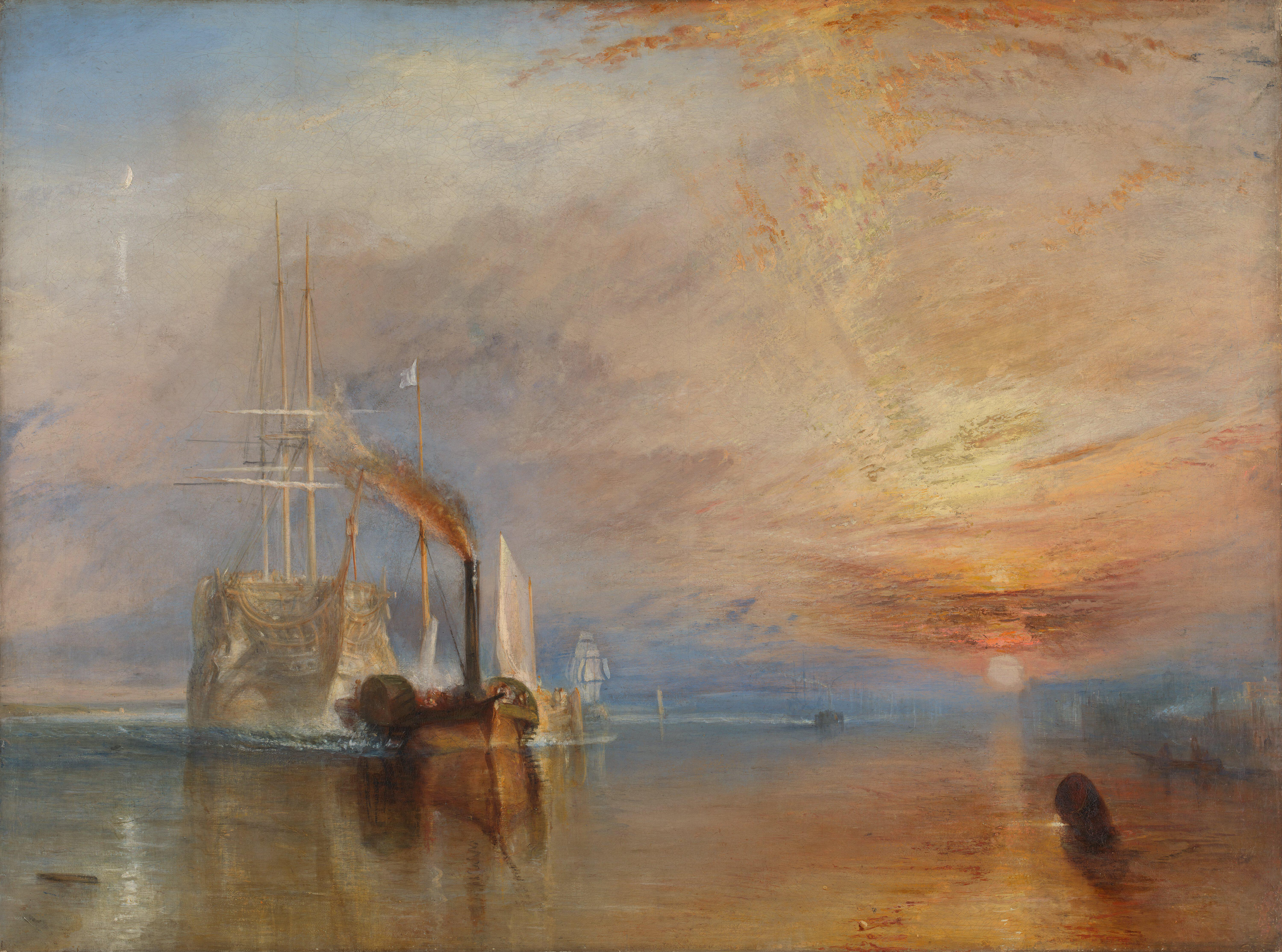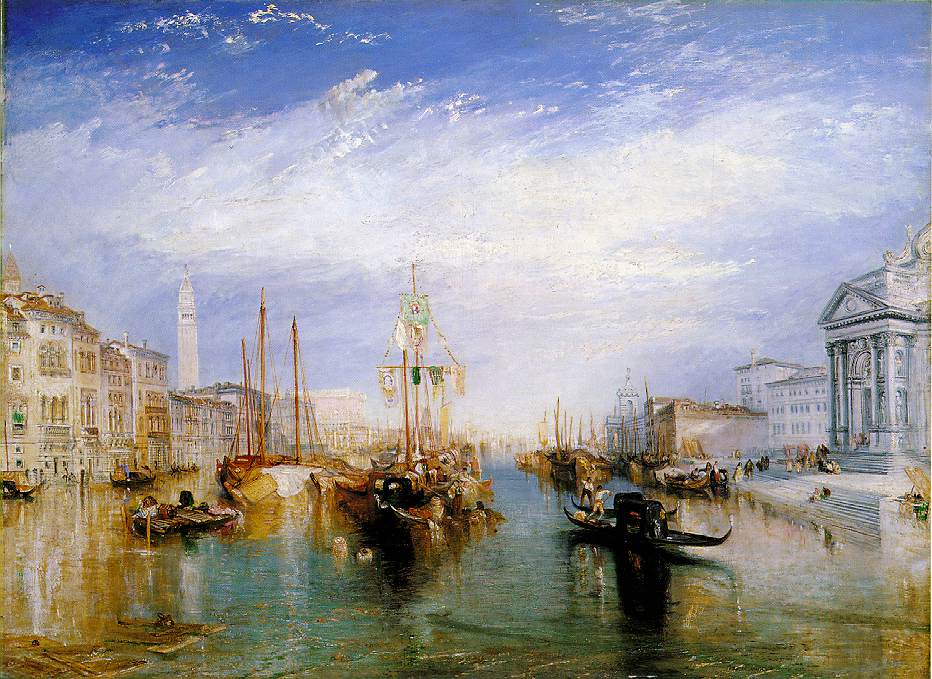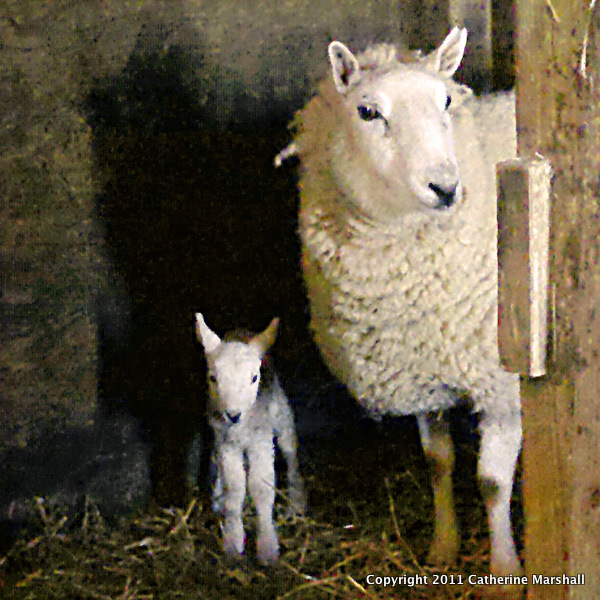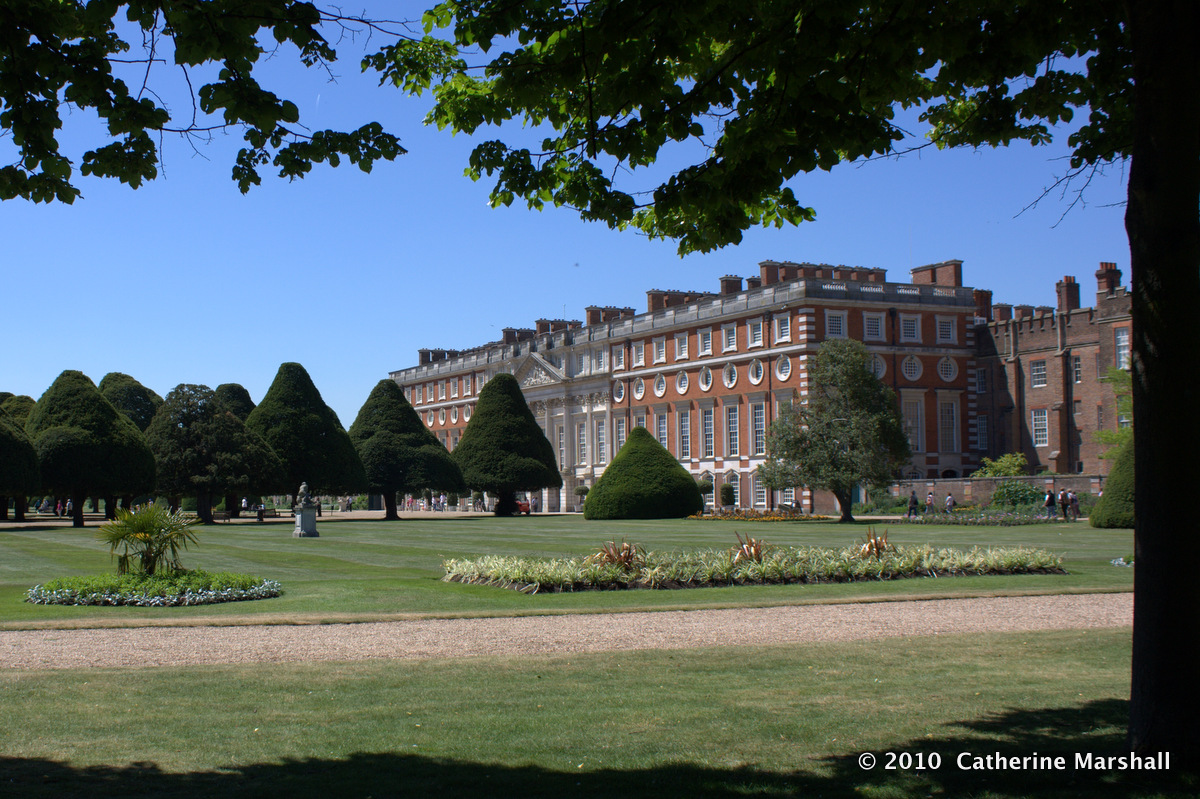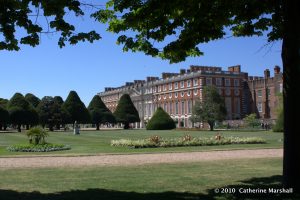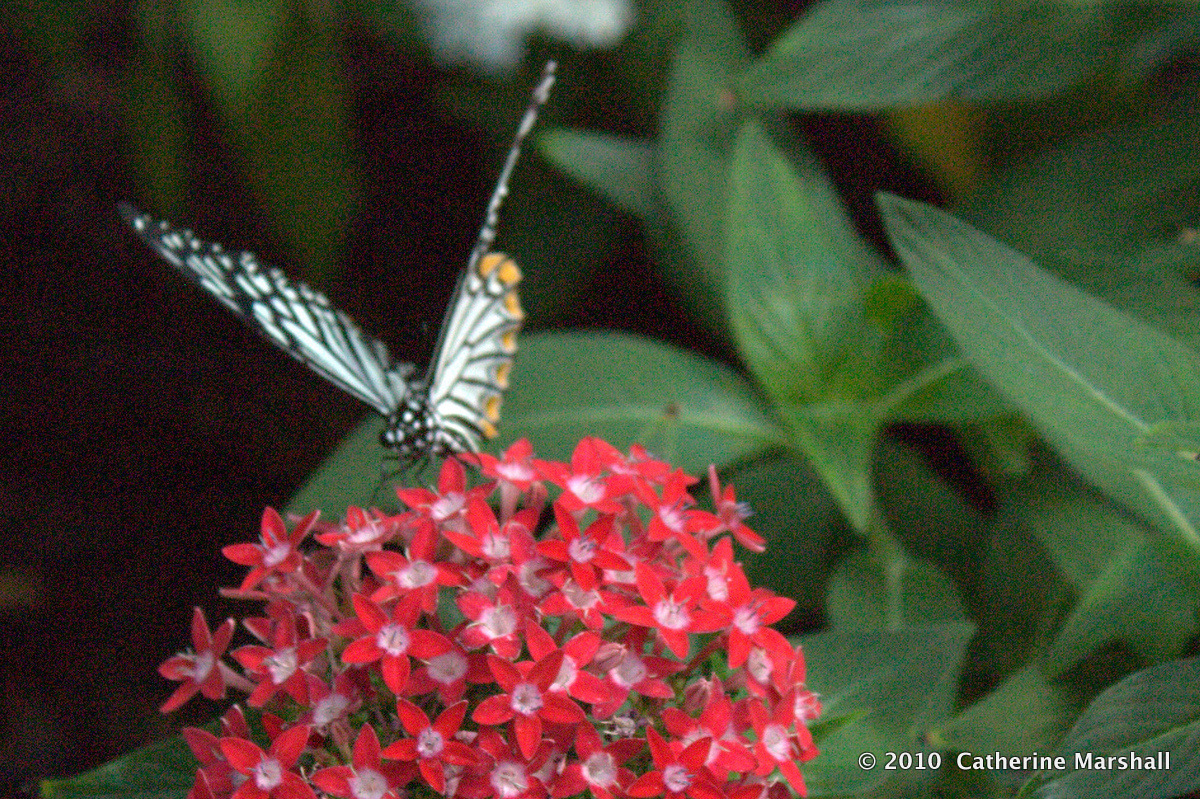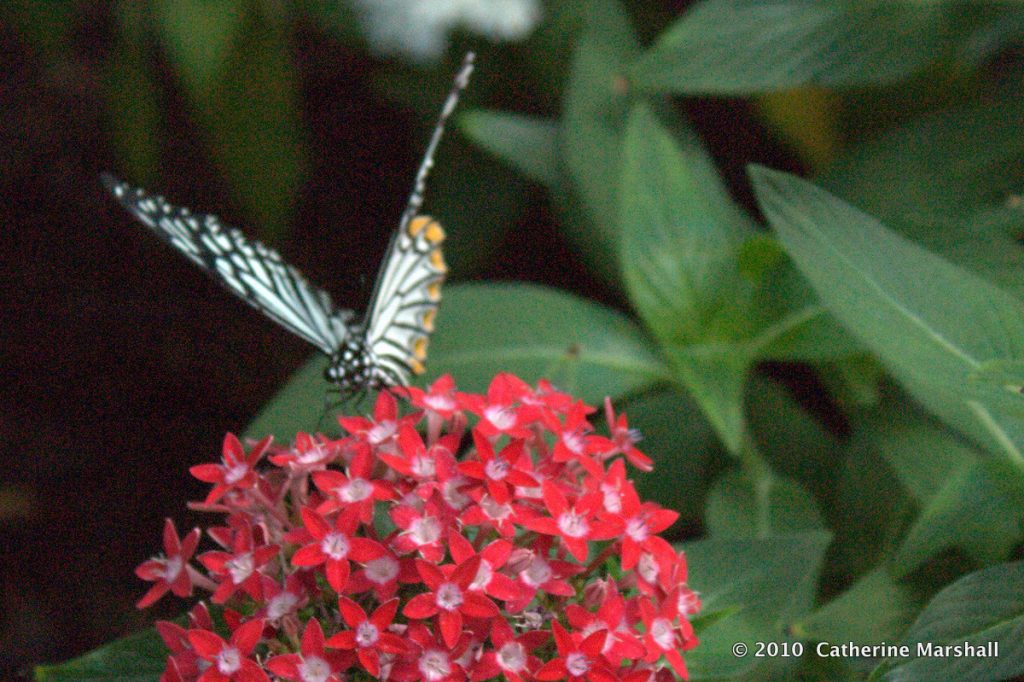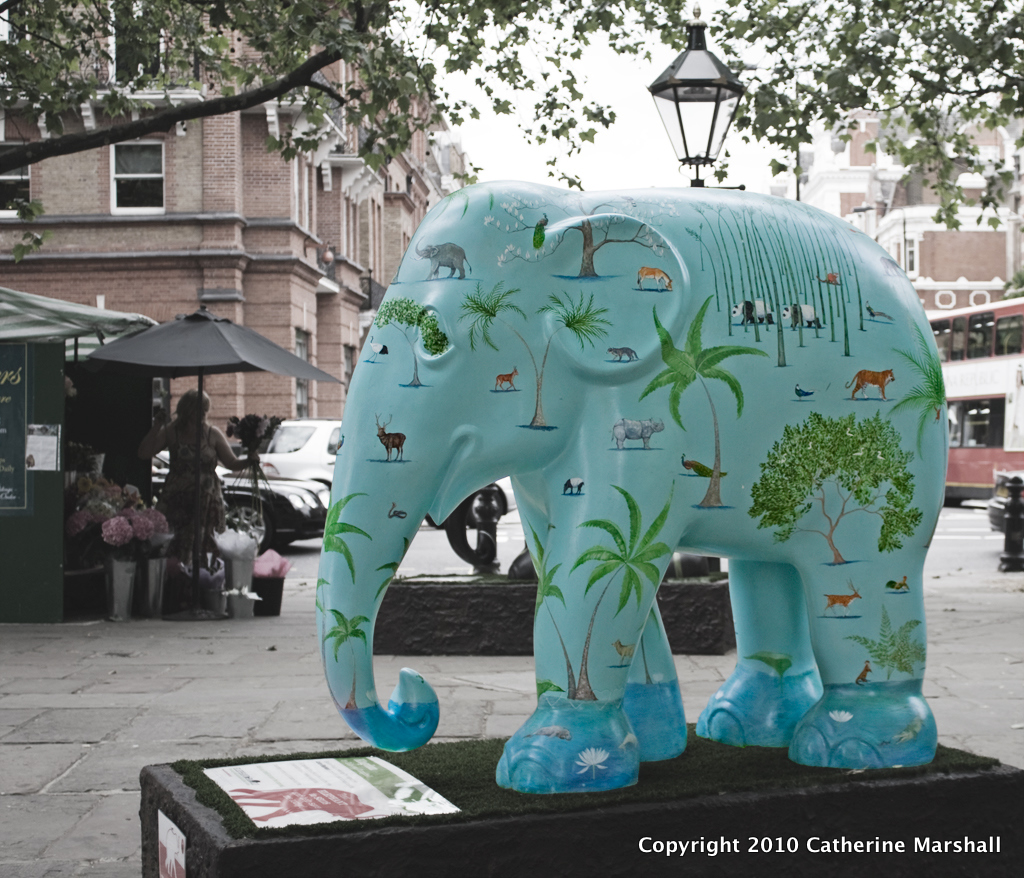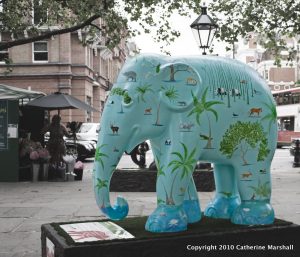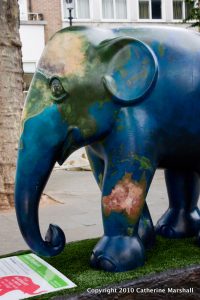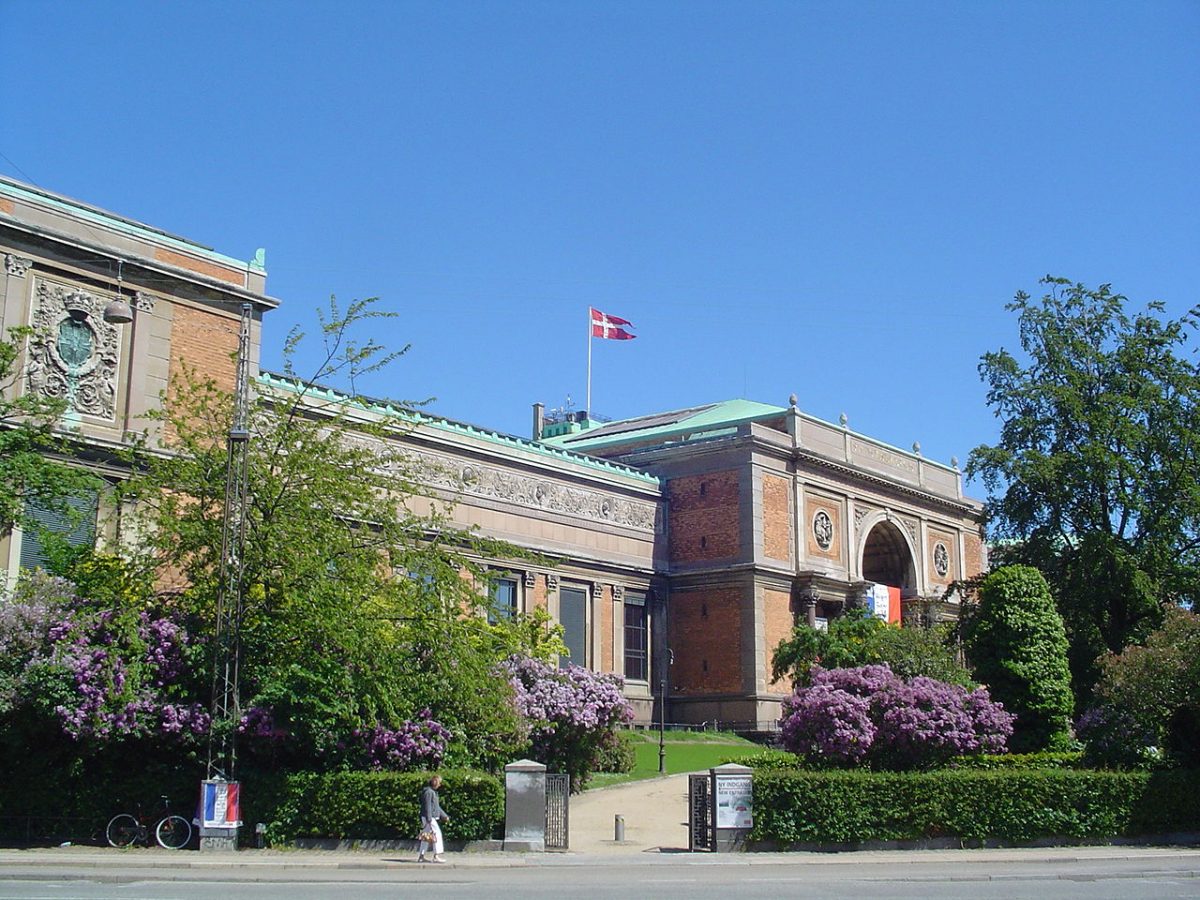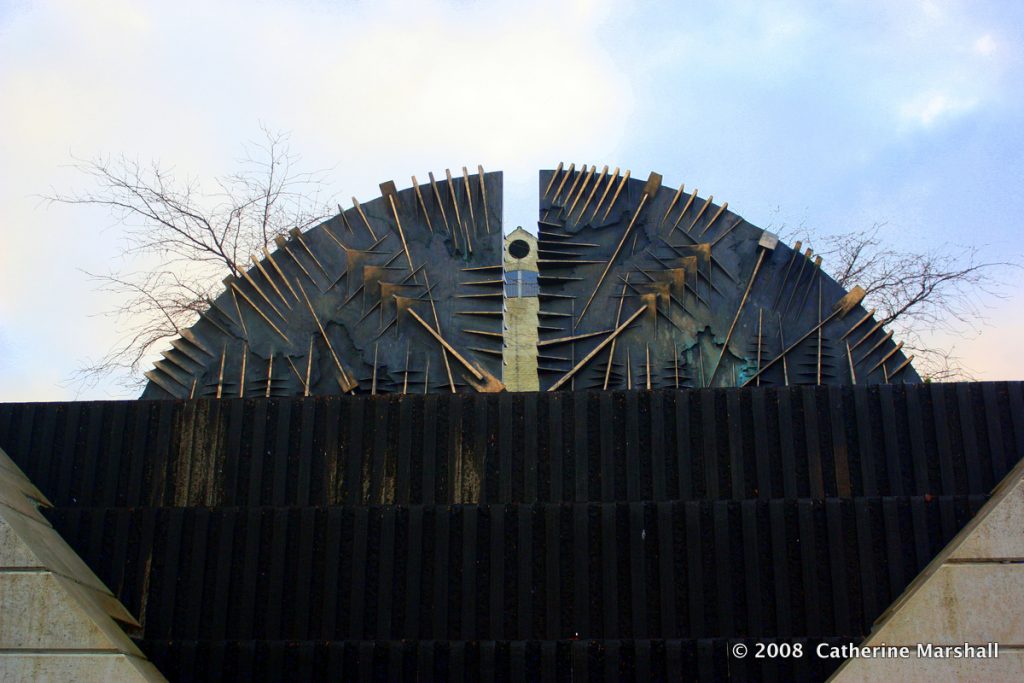Dan and I first visited Paris in 1976, arriving at Gare de l’Est on May 31. Our first day was stressful because our lodging arrangements made in advance by correspondence somehow fell through. On a limited budget, we were unable to afford a hotel. Fortunately, people at the Society of Friends office in Paris were able to arrange a room for us at guest house in a convenient location on the left bank.
Years later, I recall walking along the Avenue des Champs Élysées from the Place de la Condorde to Charles de Gaulle-Étoile, and I remember how hair-raising it was at that time to be a pedestrian trying to reach the Arc de Triomphe.

The Arc is surrounded by a traffic circle that’s typically filled with fast-moving cars. The technique for getting across was to wait until a large group had gathered so that everyone could venture forth together.
Today there are two pedestrian tunnels that go under the traffic circle, but the technique for crossing still applies for other busy streets where there are lights to stop traffic while pedestrians cross.
In 1976, Paris was a great place for students on a tight budget. One of the best bargains was the Metro, which provided quick and convenient transportation.
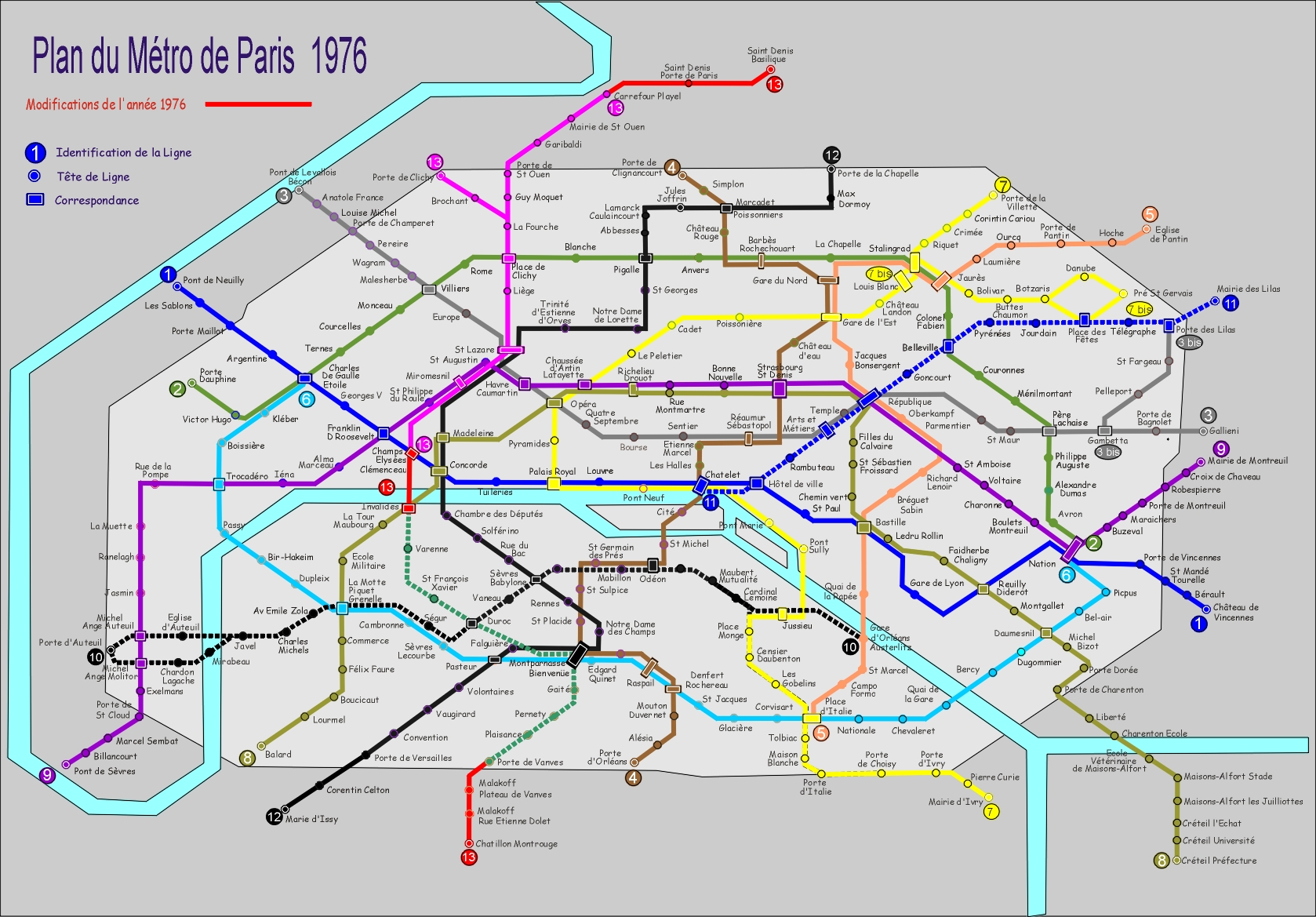
Although the buses routes were more difficult to understand, we had a memorable ride that took us through the Bois de Boulogne which appeared to be under the protection of a large tribe of cats.

We stayed in Paris for about two seeks. Although full summer had not arrived, the midday heat was sometimes oppressive. So we adopted the habit of lounging under a cafe table umbrella and sipping anise-flavored pastis diluted with cold water.
For breakfast we’d visit a cafe for a croissant or brioche and strong, hot coffee. Lunch was usually a snack from a boulangerie (bakery) or street vendor. One day we visited the MacDonald’s restaurant on the Champs Elysee to see how if the hamburgers that chain served in Paris were better than those served in the USA (they were). Another day we purchased attractive saffron-colored Moroccan pastries that turned out to be so intensely sweetened with honey that we were unable to eat more than a few bites.
By carefully conserving our centimes and francs during the day, we were able to splurge on dinners at neighborhood restaurants where waiters used creative methods, including making sketches on table coverings, to explain the prix fixe menu choices.
Until 202, when the Euro was adopted, centimes and francs were the currency of France. I still remember the look and feel of those earlier coins. I was also stuck by the colorful banknotes.
We were not able to afford notable vintages, but we enjoyed the house wines served with our meals. Coming from California, though, we were partisans of Napa Valley. As it turned out, even French experts gave high marks to California wines in the famous tasting that’s come to be known as The Judgement of Paris that was held on May 24, 1776. Decades later, however, I have a growing preference for French wine. Competition can be a good thing.
For those interested in further exploring the Paris of 1976, I’ve embedded some YouTube videos from the period.
This first video below, has accompanying music but no commentary. Jumping from place to place, it gives glimpses of what Paris looked like in 1976, but it doesn’t provide an organized tour or overview.
The next video below is a documentary made in 1975. It focuses on the changes that were occurring at the time. The dialog is in French.
The next video below focuses on markets in Paris. The dialog is in French.
The first minute of this video will give you idea of the Metro experience, both in 1976 and still today. Once caveat I’d offer is that many older Metro stations have only stairs rather than the more modern escalators. The video continues with more in-depth information about the Metro. The dialog is in French.
This video has no dialog, just the sounds of the car from which the video was taken during a fast and furious drive across Paris.
This video focuses mainly on historic conservation work, but it has some footage from working bakeries of 1978. The dialog is in French.
